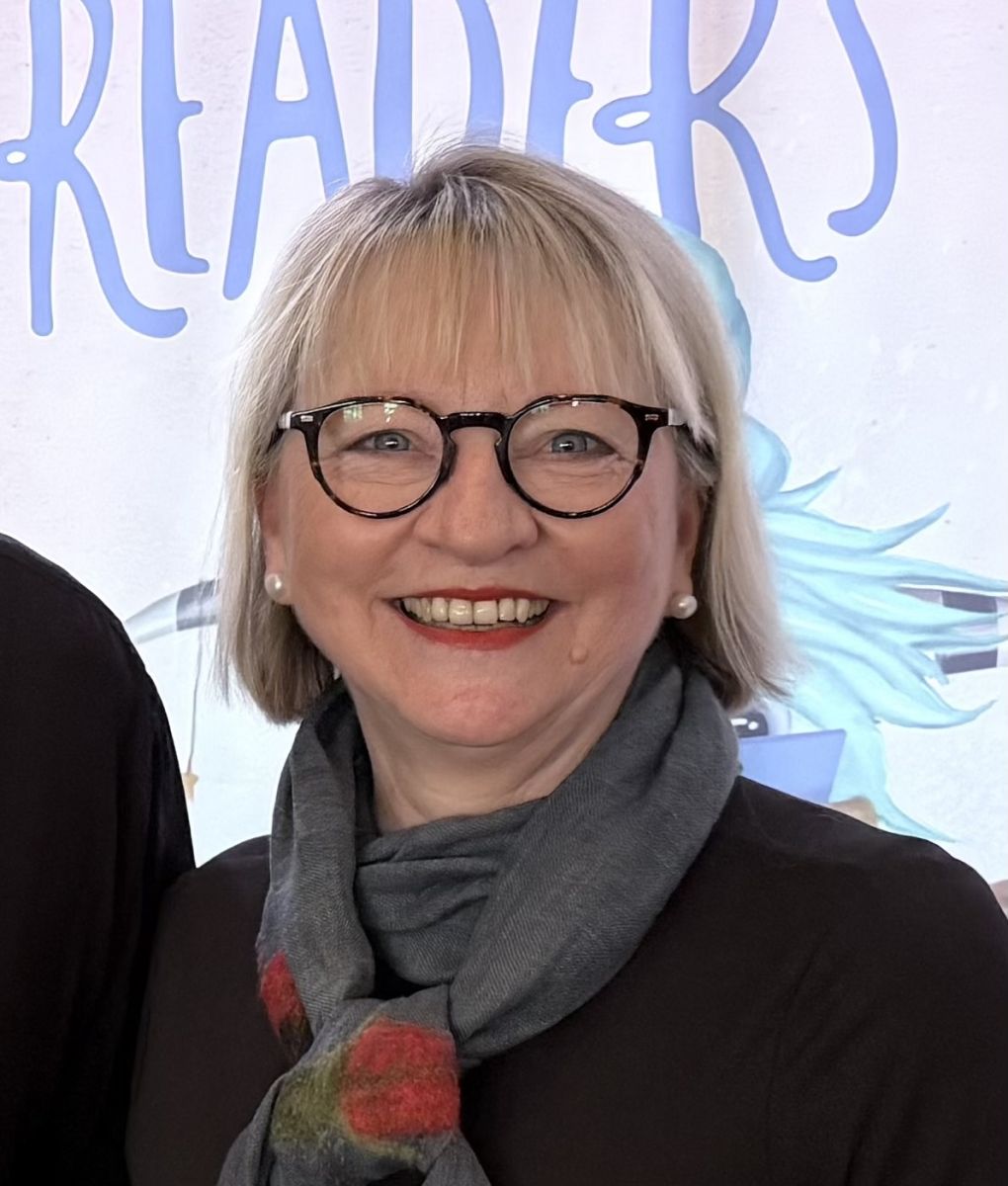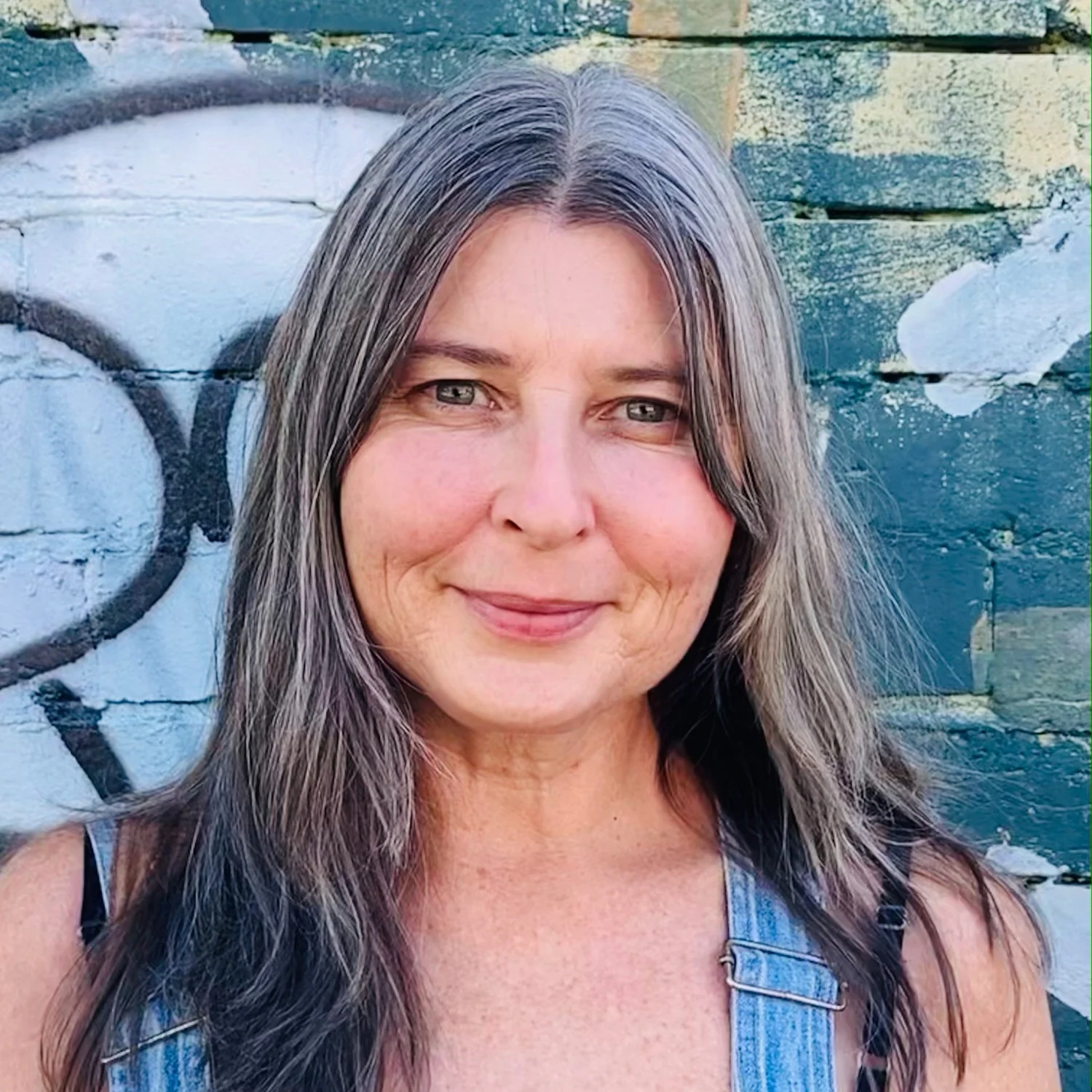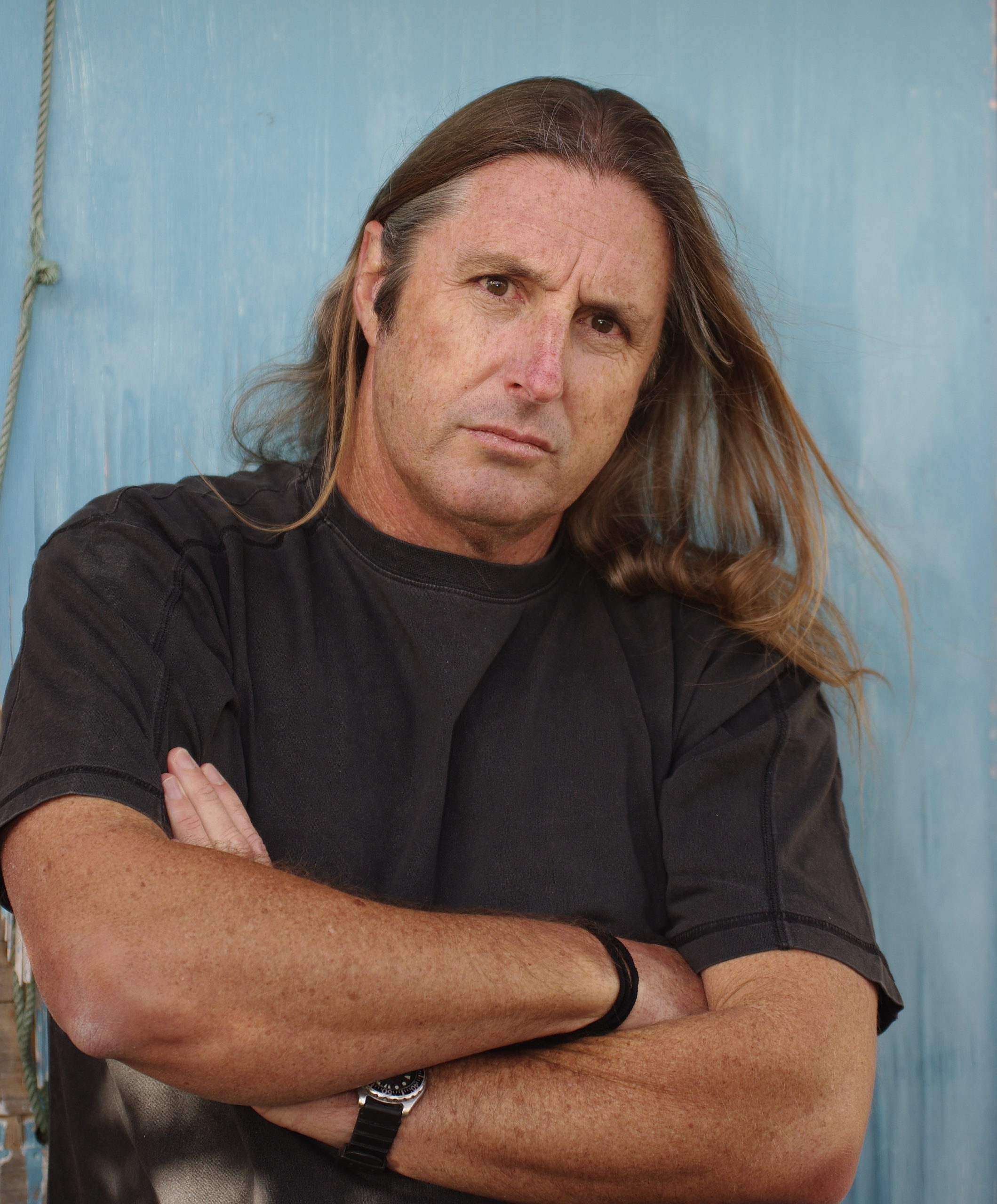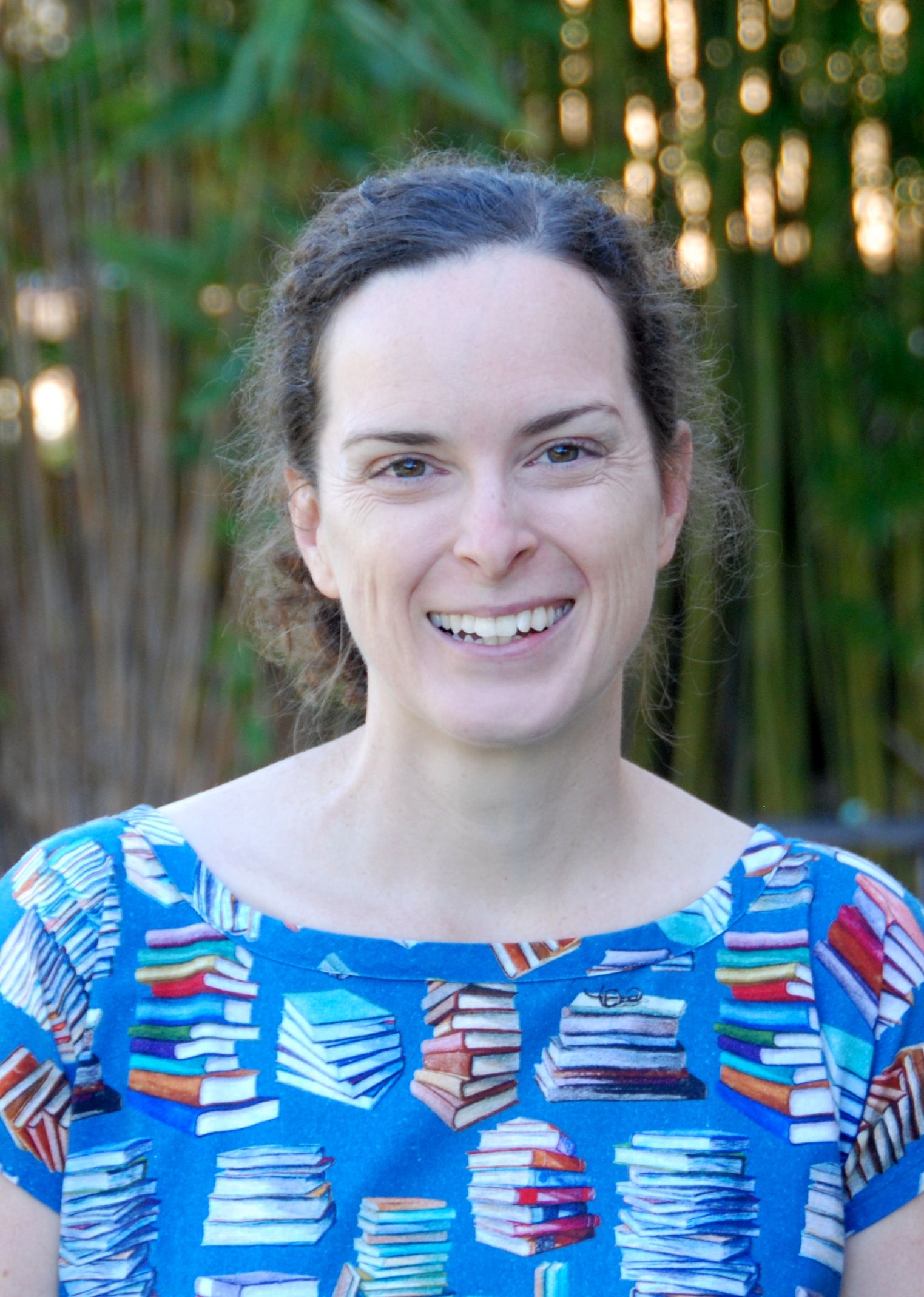
Ask the Author: Annaleise Byrd talks about Losing the Plot
By Mia Macrossan
 Annaleise Byrd is a Brisbane writer whose debut middle grade novel, Losing the Plot, has just been published to much popular acclaim. It is a portal fantasy perfect for children who enjoy action and humour and aren’t quite ready yet to tackle a big read. In a previous interview she talked about her journey to becoming a published writer, now she reveals her thoughts, ideas and feeling during the writing of the story.
Annaleise Byrd is a Brisbane writer whose debut middle grade novel, Losing the Plot, has just been published to much popular acclaim. It is a portal fantasy perfect for children who enjoy action and humour and aren’t quite ready yet to tackle a big read. In a previous interview she talked about her journey to becoming a published writer, now she reveals her thoughts, ideas and feeling during the writing of the story.
Considering the many artistic forms out there, what appeals to you about writing a children’s book?
Children’s books are full of imagination, adventure, friendship, magic and humour. They don’t take themselves too seriously and nearly always end on a hopeful note. Also, kids are such voracious and enthusiastic readers – an ideal readership in my opinion!
What are three works of art – this could be a book, painting, piece of music, film, etc – that influenced your development as a writer?
This question made me think! But there are three book series I loved as a child or young adult that probably provide a few clues as to the type of writer I would later become.
The first one is The Famous Five series. I loved the way the kids went off without any adults and had grand adventures in exotic-sounding locations like islands, lighthouses and moors. It’s amazing how deeply those early books we love can affect us. I remember once reading a particularly sad part of a Famous Five novel (some baddies were threatening to kill George’s dog Timmy) while my mum was playing a certain song on the piano. For years afterwards, that song would make me tear up!
The second one is Jasper Fforde’s Thursday Next series, which my husband and I bonded over while we were dating. Thursday is a literary detective who travels into classic books to fix problems – the link between that and Losing the Plot is obvious! One of the best things someone ever said about my book was that it was “like Jasper Fforde for kids”. Ever since I started writing my series, I’ve avoided reading Thursday Next lest it subconsciously influence me… but I’m very keen for a re-read sometime.
The third one is the Harry Potter series, which I discovered in my early 20s once the craze was already well underway. Given that my main characters are also a trio – two boys and a girl – complete with entertaining friendship dynamics and an unacknowledged crush, maybe Harry Potter did subconsciously influence me! I suppose all the things that come out of our imagination are a convoluted reimagining of whatever we’ve fed it over the years!
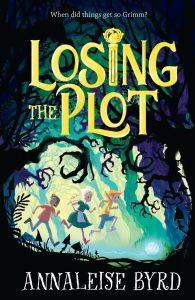 Why did you choose to write a fractured fairy tale? And why did you choose a Grimm tale?
Why did you choose to write a fractured fairy tale? And why did you choose a Grimm tale?
I actually didn’t realise my book qualified as a ‘fractured fairytale’ until we were writing the blurb! I’d previously thought of fractured fairytales as being limited to fairytale retellings, and that’s not what my story is. However, I wanted to write a story set in the world of Grimms’ original fairytales because I thought it would have lots of potential for adventure, humour and interesting characters. At that stage I didn’t know too much about fairytales, so I suspect I chose Grimms’ because they were the ones I was most familiar with!
Even before I started researching them, I knew the original fairytales were a lot darker and scarier than the versions that are often told now… so, I wondered, what skills would modern-day kids need if they ended up in that world? What would their interactions with the fairytale characters be like? Would the fairytale characters even know they were fairytale characters?
Then I started thinking about how the fairytale world would be organised. Who would run it? Who would police it? What would stop the fairytale characters from ‘going off-page’ and doing whatever they felt like? And that led to me creating a very bureaucratic fairytale world (there’s a lot of humour in bureaucracy!), run by the Fairytale Alliance Network of Character Yunions (FANCY). I liked that concept so much that I then had to come up with a plot to go with it!
Did you have to read a lot of fairy tales before you started? Did your research change your thinking in any way?
I read (and re-read, and re-read…) a lot of fairytales while writing the story! Sometimes I read them to find out what actually happened in the original versions of fairytales I was already familiar with, such as Hansel and Gretel. That led me to discover things like the little duck who paddles them across the lake at the end.
Other times I would flick through my book of fairytales in search of something (or someone) I needed for plot-related purposes. For example, when I needed a way to lead the kids through the forest, I found an enchanted item in a lesser-known fairytale and wove that into the story. So everything (and everyone) in my story really does originate from a Grimms’ fairytale, even if that’s not spelled out. I like the idea that kids might read the original Grimms’ stories for themselves and discover some of those Easter eggs!
 Is Hansel and Gretel your favourite fairy tale, or was it chosen for plot reasons? Do you have a favourite fairy tale?
Is Hansel and Gretel your favourite fairy tale, or was it chosen for plot reasons? Do you have a favourite fairy tale?
I chose Hansel and Gretel for plot reasons, but I have become very fond of it after studying it for so long! I think it raises some interesting moral questions. Plus, Hansel and Gretel’s ages weren’t noted in the original story, so I could make them similar ages to my tween real-world characters, Basil and Terry. This worked better than if Hansel and Gretel were, say, six or seven like they are often assumed to be.
However, each of Basil and Terry’s adventures centres around a different well-known Grimms’ fairytale (with other lesser-known fairytales also referenced and/or visited), so I’ve been able to focus on a different story during the past two years while working on book 2, Down the Plot Hole.
I don’t think I have an overall favourite… I love a lot of them. Especially some of the bizarre ones that most people have never heard of!
Did you have a particular reader in mind when you wrote Losing the Plot? I ask because you have two young sons, and I wondered if you wrote it for them?
I started writing Losing the Plot (which had a different title back then) when my sons were only 5 and 2! They are now 11 and 8. So it wasn’t exactly written for them, but as they grew older they gave me plenty of insights into what kinds of stories best engaged them – as well as copious opportunities to observe how two boys interact with each other!
I think of my readers as falling into two categories: kids who are more like Basil (who loves reading) and kids who are more like Terry (who pretty much hates it). I think the humour will appeal to both types of kids, but I imagine the wordplay and ‘travelling into a book’ concept may appeal more to that first category, while the short, fast-paced chapters and low page count may appeal more to the second category.
I’ve also been thinking about those kids who spend a really long time in that stage of reading illustrated funny novels. My sons have been in that phase for quite a while now. And I know some of those kids find really chunky, long, prose-only books too daunting. Plus, if it’s the humour they’re drawn to in the illustrated books, they might be making some assumptions that books without pictures are too serious. So I hope that, for some readers, Losing the Plot can be a stepping stone – and show them that no pictures doesn’t mean no laughs!
Gretel is the main female character in the story. Tell us your thoughts about her and why she is the way she is. (Gretel cries a lot.)
In my version of the fairytale world, fairytale characters do have free will, in that they can choose to go off and do other things when they’re not ‘on-page’ (much like an actor can when they’re not on-stage). However, in general, they behave in ways that are consistent with how they are ‘written’ to behave in the story they’re from.
For example, in the original story of Hansel and Gretel, Gretel cries six times… so, in Losing the Plot, my 12-year-old version of Gretel – who is a strong and determined character – regularly bursts into tears whenever she’s emotionally overwhelmed. She finds it a bit embarrassing, but everyone else takes it in their stride – she’s simply ‘written that way’. The same goes for characters who, in their original stories, are pompous, mercenary, helpful, law-abiding, forward-thinking or ‘so beautiful that everyone is bound to love them’!
Why did you pick the name Basil for your main character? How easy or difficult was it to choose names for your story?
It’s interesting trying to remember my motivations now when I made these decisions six years ago! I remember choosing Basil’s surname – Beedon – because I wanted it to rhyme with readin’ (due to a rhyming taunt that didn’t make it into the final manuscript). As someone who enjoys alliteration, I imagine I was then on the hunt for a first name starting with ‘B’.
Right from the start, Basil leapt onto the page as a very witty, wordy character with a self-deprecating sense of humour. I think there’s something British about him (in fact, one publisher I met for a manuscript assessment assumed I would be British, having read the first couple of chapters!), so Basil just seems to fit. Maybe it’s the British humour/ Fawlty Towers connection. Anyway, I can’t imagine him being called anything else now. He doesn’t seem like a Brady or a Brandon!
As for how easy or difficult it was to choose names for this story… it was extremely easy, because I only had to name Basil and Terry. The Brothers Grimm got to name the rest! In many of my other stories, I have a great deal of fun coming up with names that sound right and contain clues about the characters, but I didn’t get to do that this time.
Are there any children’s writers you particularly admire?
Too many to name! Some I admire for their beautiful way with words, some for their incredible work ethic and some for their engaging presentation skills. I also admire (and am extremely grateful for) all the other people who help get the right books into the right kids’ hands at the right time – booksellers, reviewers, librarians, teachers, event organisers, parents, etc. The Australian kidlit industry is such a wonderfully fun and supportive industry to be part of!
When is Down the Plot Hole coming out?
Sometime during the first half of 2025, if all goes to plan!
Thank you Annaleise, for talking to StoryLinks.



